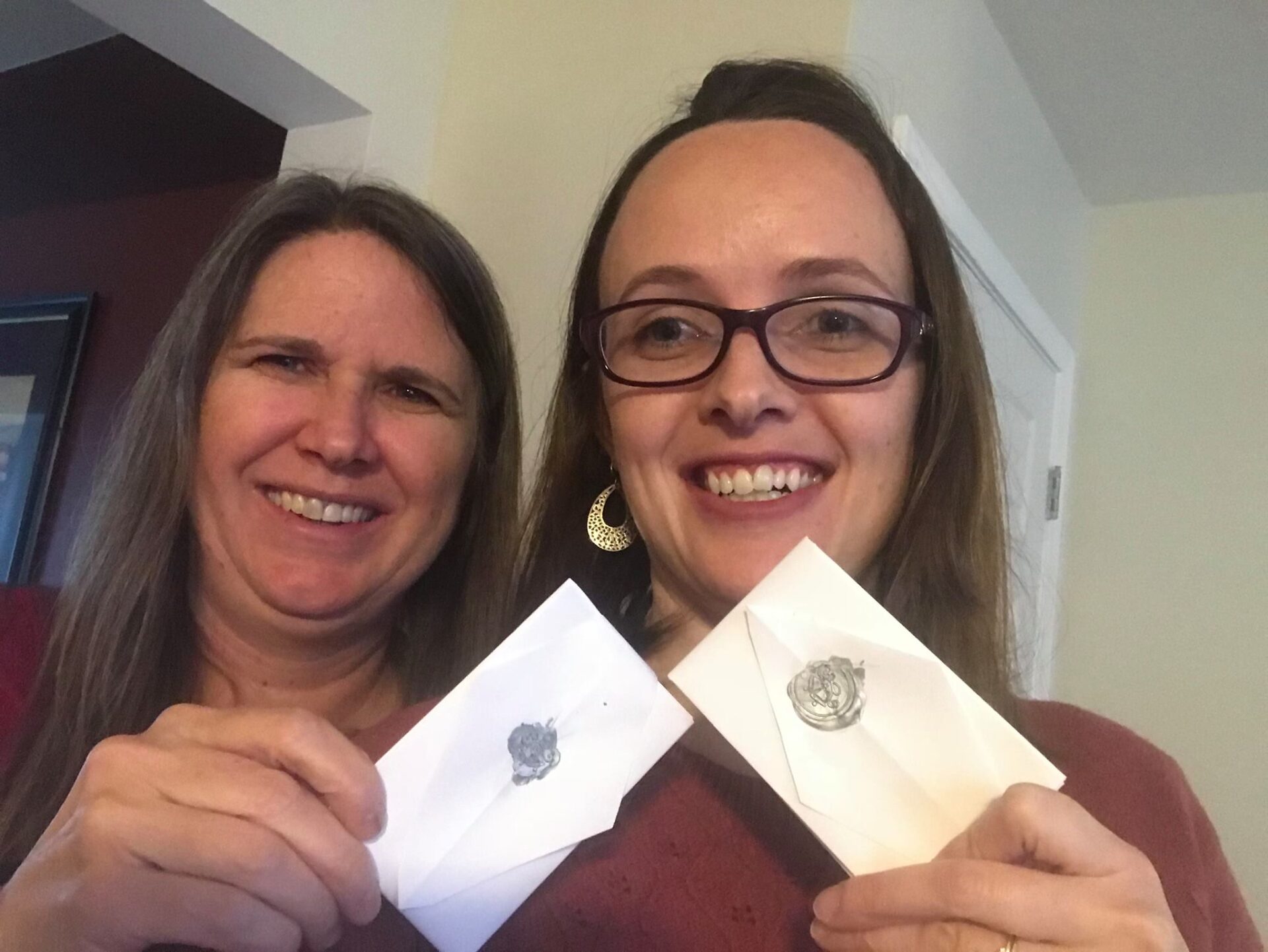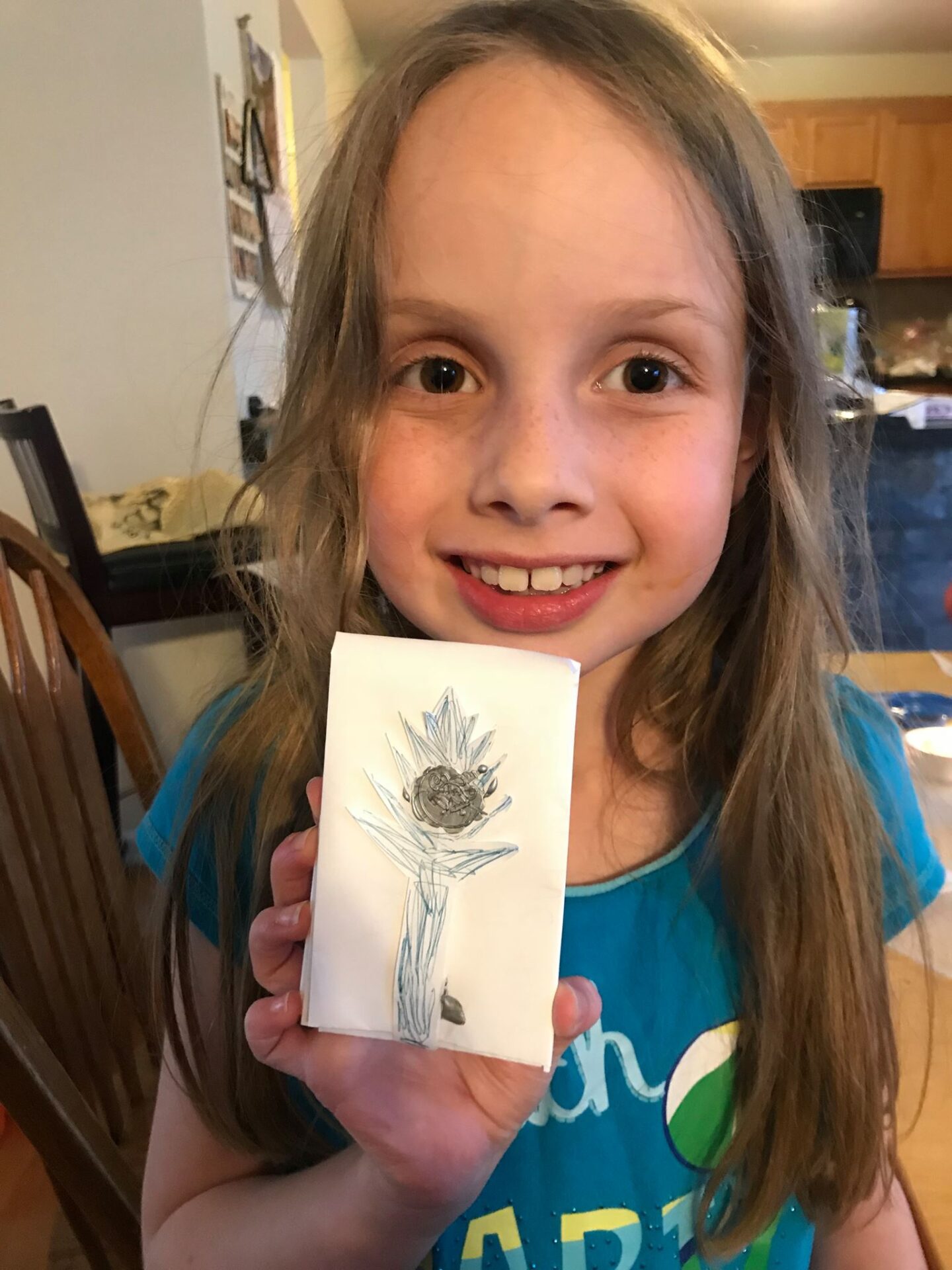
Katherine Cowley is joining us today to talk about her novel, The Secret Life of Miss Mary Bennet. Here’s the publisher’s description:
In Jane Austen’s revered Pride and Prejudice, Mary, the middle sister, is often passed over. Until now…
Upon the death of her father, Mary Bennet’s life is thrown into turmoil. With no fortune or marriage prospects, Mary must rely on the kindness of her relatives. When a mysterious late-night visit by an unknown relative—a Lady Trafford from Castle Durrington—leads to an extended stay and the chance for an education, Mary gratefully accepts the opportunity.
But even as she arrives at the castle, she’s faced with one mystery after another. Who is Lady Trafford really and what is she hiding? Do her secrets and manipulations place the small seaside community at risk of an invasion by Napoleon Bonaparte? Always curious, Mary sets out to discover the truth. But when she discovers the dead body of a would-be thief she outed prior to her father’s funeral, Mary jeopardizes her position at the castle and her family’s good name in her quest for the truth.
Never underestimate the observation skills of a woman who hides in the background.
What’s Katherine’s favorite bit?

KATHERINE COWLEY
I’ve always loved superhero origin stories—what circumstances led a character to become the hero we know and love? How did they learn the skills they would need to be a hero? But origin stories don’t just have to be for superheroes. My novel, The Secret Life of Miss Mary Bennet, is the first in a trilogy, and I wanted it to be Mary Bennet’s origin story. I wanted it to show how she becomes a spy for the British government.
You may recognize Mary Bennet as the overlooked middle sister in Pride and Prejudice. My novel begins after the conclusion of Austen’s novel, and Mary enters my story with a number of skills that she can use as a spy, including her observant and inquisitive nature. However, I knew that there were other skills she needed to learn.
As I was researching, I stumbled upon an article about letterlocking. (And when I say “stumbled upon,” I mean that my mom emailed me a link.) The more I learned about letterlocking, the more I fell in love with it, and it’s My Favorite Bit in the book.
Letterlocking is the art of sealing letters in a secure method. In movies with a historical setting, people always fold a letter, melt some wax, and press a seal on it. Voila! The very important message is now protected and can only be read by the intended recipient.
Except here’s the awful truth: if you only use wax and a seal, someone with the right skills and a little practice can carefully pop off the back of the seal with a knife, open the letter, and read it. Then they just need to heat the back of the seal and reaffix it to the letter. If done correctly, there’s no indication that the letter has been tampered with.
If you were writing sensitive material, or even if you didn’t want prying family members, friends, servants, or postal workers reading your words, then it was a good idea to do more than melt wax and press it with a seal. The techniques that were used are now called letterlocking, and a team of incredible researchers has studied over 250,000 historic letters to determine the specific techniques used. Recently, they published an article in Nature about the different letterlocking techniques and how they managed to unlock a letter without damaging its locking techniques by using X-ray micromotagraphy. (There’s also a great CNN article that summarizes the findings and talks about letterlocking.)
When I was researching letterlocking, I spent a lot of time learning about the techniques on the letterlocking website, as well as watching letterlocking videos on Vimeo and Youtube (you can see how Queen Elizabeth I and others locked their letters). Letters were folded in complicated patterns. Some were sewn shut, and others included paper traps: if you opened the letter, it would leave evidence. Other methods required you to intentionally damage your own letter to make it impossible to reseal.
I didn’t just spend a lot of time on the internet. I also went to a craft store and bought a seal, wax, and large sheets of paper that better approximated the paper they used historically. And then, three generations of women—my mom, my daughters, and I—practiced letterlocking techniques that until recently had been forgotten.


The chapter about letterlocking was one of my favorites to write in The Secret Life of Miss Mary Bennet. I’ve also found a way to include letterlocking in the second book, and I’m hopeful that I’ll be able to find a way to include it in the third.
Now if you’ll excuse me, I’m going to go write some old-fashioned letters with paper traps.
LINKS:
The Secret Life of Miss Mary Bennet Universal Book Link
BIO:
Katherine Cowley read Pride and Prejudice for the first time when she was ten years old, which started a lifelong obsession with Jane Austen. She loves history, chocolate, traveling, and playing the piano, and she teaches writing classes at Western Michigan University. She lives in Kalamazoo, Michigan with her husband and three daughters. The Secret Life of Miss Mary Bennet is her debut novel.
